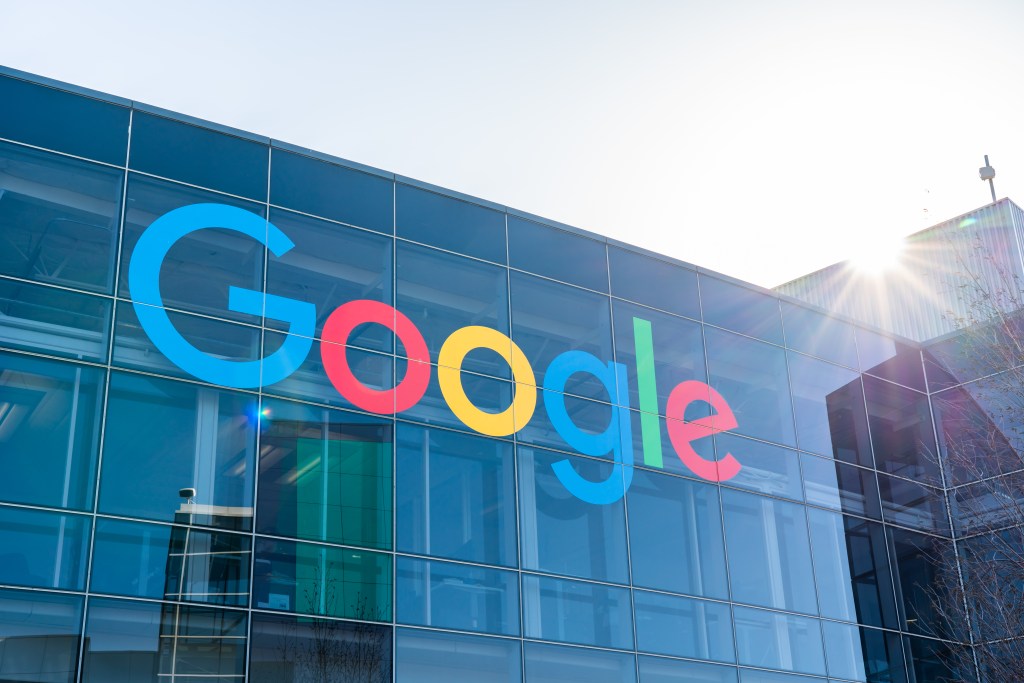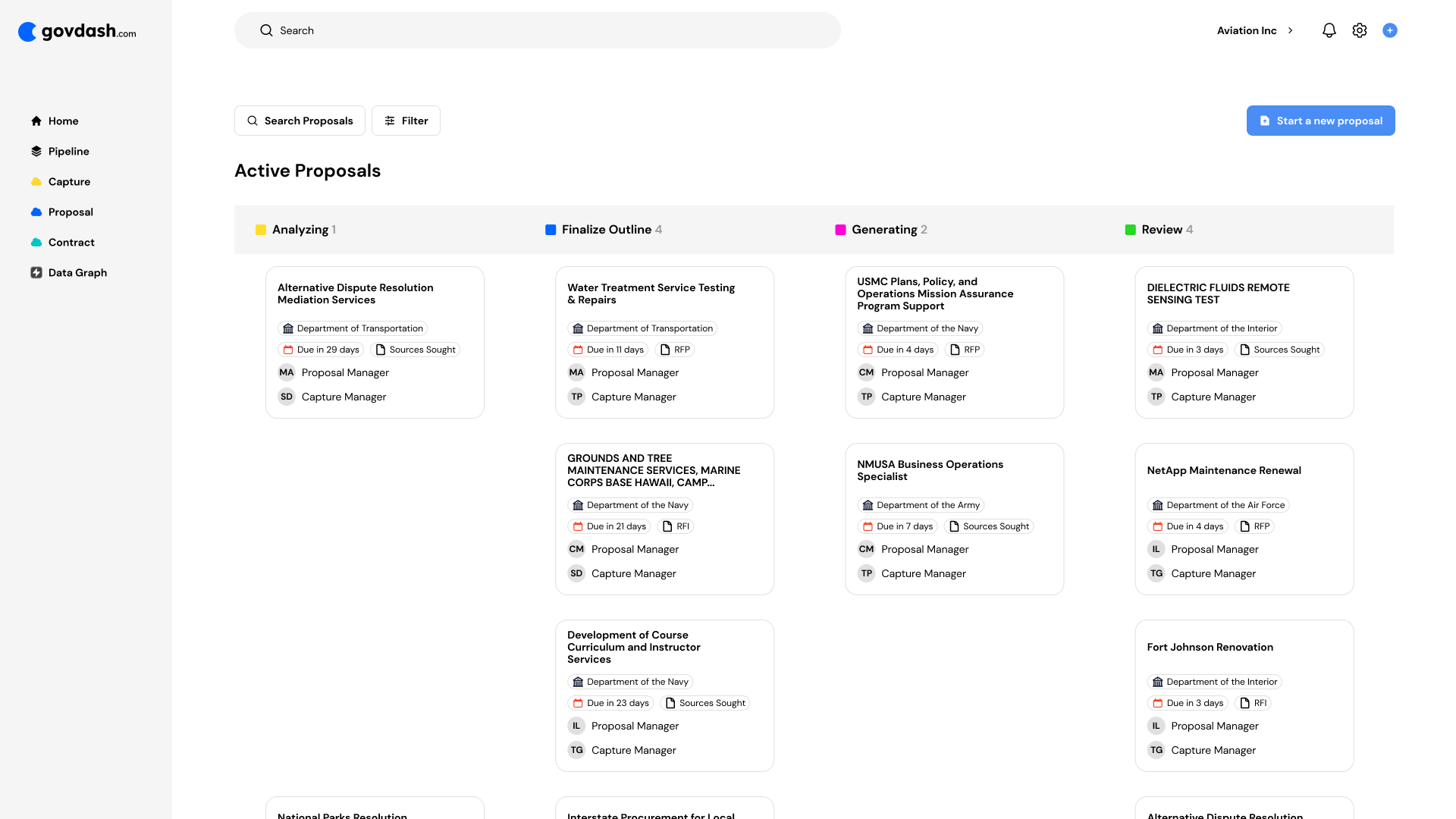Trending News
18 October, 2024
8.52°C New York

At the Meta Connect 2024 developer conference in Menlo Park on Wednesday, Meta announced that it’s expanding its AI-powered business chatbots to brands on WhatsApp and Messenger using click-to-message ads.
Now businesses can set up ad-embedded chatbots that talk to customers, offer support, and facilitate orders, Meta says. “From answering common customer questions to discussing products and finalizing a purchase, these business AIs can help businesses engage with more customers and increase sales,” the company wrote in a blog post provided to TechCrunch.

Meta continues to inject more of its ad products and tools with AI. In May, the company began letting advertisers create full new ad images with AI and insert AI-generated alternate versions of ad headlines. And in June, Meta began testing AI-powered customer support for businesses using WhatsApp, which automatically answers customer queries related to frequently asked questions.
Meta claims that more than a million advertisers are using its AI ad tools and that 15 million ads were created with the tools last month.
AI ads boost click-through rates, Meta says. But there’s evidence to suggest customers may not like ads with chatbots. One survey commissioned earlier this year by customer experience platform Callvu found that the majority of people would rather wait at least a minute to speak with a live customer agent than chat instantly with an AI.

WhatsApp now allows businesses to send authentication and login codes through its API to users in India. The company confirmed that it enabled this functionality in India starting July 1.
Meta introduced this ability for merchants to authenticate users in other geographies last year. However, it started allowing these types of messages from organizations in Malaysia in June and India in July.
Last month, the company also started applying an international authentication rate for activities like sending login codes for cross-border users.
“As we mentioned onstage at ‘Conversations’ last month, we want to give people and businesses the ability to get more things done right on WhatsApp — and that includes one-time passwords so people can get a login code and quickly sign in,” a Meta spokesperson told TechCrunch.
“Giving people and businesses simple ways to verify accounts on their app of choice will continue making WhatsApp the best place for business to get done.”
Having India activated as a market is a big deal, as there are estimates suggesting telecom networks send over 1 billion one-time passwords (OTPs) every day. For WhatsApp, which counts India as the largest market with more than 500 million users, it’s an opportunity to have some of those authentication messages go through its platform and charge businesses in the process.
WhatsApp has been restructuring its messaging fees for businesses since last year. Authentication messages provide a new way for WhatsApp to bump up that revenue and also habituate users to use the app more. Last month, the company also announced AI-powered features for designing ads to helping merchants with customer support on the WhatsApp Business app.

WhatsApp now allows businesses to send authentication and login codes through its API to users in India. The company confirmed that it enabled this functionality in India starting July 1.
Meta introduced this ability for merchants to authenticate users in other geographies last year. However, it started allowing these types of messages from organizations in Malaysia in June and India in July.
Last month, the company also started applying an international authentication rate for activities like sending login codes for cross-border users.
“As we mentioned onstage at ‘Conversations’ last month, we want to give people and businesses the ability to get more things done right on WhatsApp — and that includes one-time passwords so people can get a login code and quickly sign in,” a Meta spokesperson told TechCrunch.
“Giving people and businesses simple ways to verify accounts on their app of choice will continue making WhatsApp the best place for business to get done.”
Having India activated as a market is a big deal, as there are estimates suggesting telecom networks send over 1 billion one-time passwords (OTPs) every day. For WhatsApp, which counts India as the largest market with more than 500 million users, it’s an opportunity to have some of those authentication messages go through its platform and charge businesses in the process.
WhatsApp has been restructuring its messaging fees for businesses since last year. Authentication messages provide a new way for WhatsApp to bump up that revenue and also habituate users to use the app more. Last month, the company also announced AI-powered features for designing ads to helping merchants with customer support on the WhatsApp Business app.

Google is testing a new feature that will place a call to a business on your behalf, wait on hold and then give you a call once a live representative is available, the company confirmed to TechCrunch. The new feature, called “Talk to a Live Rep,” would get rid of the need for users to wait countless minutes, and sometimes hours, listening to hold music trying to get connected to a customer service agent.
The company says the feature is now available in English for people in the U.S. who have joined Search Labs, its program for users to experiment with early-stage Google Search experiences, and opted into the Talk to a Live Rep experiment. It works on the Google app for Android and iOS, as well as Chrome on desktop.
The news was first reported by 9to5Google.
Although Talk to a Live Rep is similar to the Pixel’s “Hold for Me” feature, Google says there are some differences, noting that while some of the underlying technology is the same, Talk to a Live Rep goes one step further. With Talk to a Live Rep, Google’s systems will navigate the phone tree for you and then call you back when a customer service agent is available. Hold for Me can only be activated once you’re already on hold and waiting for customer service to take your call.
Plus, while Hold for Me is only supported on Pixel phones, Talk to a Live Rep is available on all devices. In addition, because Talk to a Live Rep asks you for the reason of the call, the customer service representative will already know why you’re calling the company, removing yet another step in the process.
Some businesses already offer a call-back option where you call them, secure your place in line and then get a call back when a representative is available. Talk to a Live Rep proactively calls the business on your behalf, getting rid of the need for you to enable the whole process yourself. With Talk to a Live Rep, you only need to pick up your phone when the company is available to talk to you.
When you search for a company’s customer support number, Google will display a “Request a call” button if the business is supported. From there, you can select the reason for your call. Google will then send you SMS updates about its progress and will then call you once a customer representative is available to speak with you.
The feature is currently available for a handful of airlines, telecom companies, retailers, insurance companies and other services. The supported businesses include Alaska Airlines, Delta Airlines, JetBlue, Best Buy, Costco, Walmart, Boost Mobile, Samsung, ADT, Instacart, UPS, Zelle, State Farm and more.
As with any other experimental feature, it’s unknown when Talk to a Live Rep will reach a wider audience.

Tim Goltser and Curtis Mason have been building things together since high school, when the two were the co-captains of their school’s robotics team. In college, Goltser and Mason teamed up to create an app — Hang, for scheduling hangouts with friends — with Sean Doherty, who Mason had met while an undergrad at Boston University.
Fast-forward to 2022 and Goltser and Mason — along with Doherty — felt the entrepreneurial itch strike again. After considering a few ideas, they decided to go after what they saw as a largely unaddressed market: Tools to help small businesses secure U.S. government contracts.
“The federal contracting community has seen a shrinking of the small business industrial base for much of the past decade,” Doherty told TechCrunch. “It’s hard for these companies to compete against giants like Lockheed Martin or Northrop Grumman. It’s also expensive for them to bid on contracts — if they don’t win, they may run out of cash.”
As a result of labyrinthine systems and mountains of paperwork, finding and bidding for U.S. federal contracts is a laborious process. It takes weeks at a minimum to complete, according to Doherty — and often the best-resourced companies are the most successful.
In a 2023 survey from Setscale, a purchase order financing startup, small business owners cited insufficient cash flow and working capital — and a lack of time and resources — as their top roadblocks to securing government contracts.
To attempt to give these small businesses a boost, Goltser, Mason and Doherty founded GovDash, a platform that provides workflows to support government contract capture, proposal, development and management processes. GovDash was accepted to Y Combinator in 2022; Goltser dropped out of college to help spearhead it.
GovDash is essentially a contract proposal generator. The platform automatically finds contracts possibly relevant to a business, reads through the requests for proposals and — leveraging generative AI — writes proposals
GovDash can trawl through solicitation documents to identify requirements, requested formats, evaluation factors and submission schedules for contracts, Doherty says. It can also identify contracts a business might be qualified for based on their past performance, sending alerts to the inbox of a customer’s choosing, according to Doherty.
“When a contractor wants to respond to a government solicitation, they can run that through GovDash to produce a proposal in a fraction of the time,” Doherty said.
Now, generative AI makes mistakes. It’s a well-established fact. So why should businesses expect GovDash to be any different?
Two reasons, argues Doherty.
One, GovDash built a system that cross-checks businesses’ info to see just how relevant the business is to a given federal contract. If the relevancy — as judged by the system — isn’t obvious, GovDash prompts the business to template out sections of the contract proposal with more information.

Two, GovDash involves heavy human review. At each stage of the proposal-generating process, the platform checks in with a human reviewer to get their seal of approval.
These steps — cross-checking and human review — aren’t infallible, Doherty admits. But he claims they’re better than what a lot of the competition’s doing.
“Companies now have one place where their business development data flows seamlessly, with an AI agent at its core to automate tedious workflows,” Doherty said. “This is a huge win for the C-suite as they can get out more proposals, at a higher-quality level, in a fraction of the time, and put all the associated workflows on autopilot.”
GovDash’s competition is growing — and quickly.
GovDash competes with Govly, whose platform lets companies assess, search and analyze government contracting requirements across disparate sources. A more recent rival, Hazel, aims to use AI to automate government contracting discovery, drafting and compliance. Both — like GovDash — are Y Combinator-backed, interestingly.
But Doherty claims that GovDash is positioned well for expansion.
Having raised $12 million from investors, including Northzone and Y Combinator, inclusive of a $10 million Series A funding tranche this month, GovDash plans to grow its engineering team, hire additional federal proposal managers to guide its product efforts and add new capabilities to its existing platform.
New York-based, six-employee GovDash currently works with around 30 federal contractors across the U.S., Doherty said, and is “nearly” cash-flow positive.
“We’re building for the long term for our customer base,” Doherty said. “[We’re] well-capitalized for eventual market tailwinds.”